ORIGINS: 'Job’s not finished,': The Relentless Journey of Andrew Andrews
24 Nov
1
min read
.avif)

Andrew Andrews is no stranger to adversity. A belligerent 6ft 2in guard with a downhill gait and a poker-faced disposition, he plays with a cadence that feels equal parts calm and volcanic—floaters, crossovers, cold-blooded pull-ups and these sudden bursts of aggression that come from somewhere deeper. But to understand Andrews, you have to ask the right questions.
Why does he wear the number 12?
What does the JA gold chain—glinting against his warm up top—truly represent?
What story sits beneath the ink that climbs across his back and leg, each tattoo carved with a purpose?
.avif)
The answers, much like Andrews himself, don’t reveal themselves quickly. They unfold only once you understand where he came from—the rugged, pine-bound outskirts of Portland, Oregon, a city with a hippy heart and a laid-back pulse. It’s where he learned to hoop against kids older, bigger, and often better… until he wasn’t the smallest anymore.
Even his name tells part of that story. Born Andrew Ray in 1993, he was later adopted by his aunt, taking on the Andrews family name to match his cousin—who became his brother in every way that mattered.
But the spiritual backbone? That came from one person.
MAMBA
"I was just a kid wearing a Kobe Bryant jersey in enemy territory. It made me an outcast." Andrews laughs.
"In Portland the Lakers and Blazers hate each other. I went to a game once and they put me up on the big screen, then threw a cake in my face as a gimmick. The rivalry was real."
.avif)
If most athletes cite Kobe as inspiration, Andrews speaks about him like a north star.
His favourite Kobe wasn’t the MVP, wasn’t even the three-peat phenom.
It was 2003–04 Kobe—the year of allegations, of global scrutiny, of isolation.
"That version of Kobe… the way he locked in, dropped 40s, 50s, 60s with the whole world hating him? That’s what stuck with me. The resilience. The mentality."
It would become a foreshadowing of Andrews’ own life—Europe, injuries, surgeries, career pivots, grinding in silence. But before any of that, his earliest taste of that mentality came from his first coaches—John Thompson and Jeff Thompson—who trained Andrew and his older brother Tyler like professionals before they even understood what professionalism meant.
"Two-to-three-hour practices after school. Toughness drills. They taught us work ethic before we knew what the word meant."
NBA alumni don’t often pass through junior rec basketball gyms. But one life-changing moment from a former Portland Trailblazer nudged him in the right direction.
THE PORTLAND KID WHO CAUGHT A TRAILBLAZER'S EYE
.avif)
One afternoon, 1988 NBA All-Star Steve Johnson turned up at one of Andrews’ recreational games. He watched the smallest kid on the court command the game, then asked Andrew’s adopted mother about competing in a more competitive environment.
That curiosity led Andrews into the AAU system—Urban Sports—under coaches Jeff Moreland, John Thompson, Terry Redeau and Troy Posey. They became his basketball foundation.
But his next transformation came from Dony Wilcher, the trainer who would become his mentor, drill sergeant and the architect of his scoring ability.
“Dony was huge. He was a Kobe guy too. He’d be outside my house at 5:30am honking the horn. Sessions all day. Stairway to Heaven runs in Portland. Drills from sunrise to sunset.”
It was Wilcher who sharpened Andrews’ scoring instincts, who turned the undersized point guard into a dual threat—someone who could orchestrate an offense while punishing players with his pull-ups.
Andrews modelled his game on the early-2000s era of attacking point guards—Deron Williams, Baron Davis, Steve Francis and Stephon Marbury—studying their games closely and borrowing pieces from each to shape his own.
Yet Andrews wasn’t always sure of where he stood in the national landscape. He believed he was good. But elite? College-worthy? NBA-tractable? He didn’t know.
College would give him those answers.
BECOMING A HUSKY: THE WASHINGTON YEARS
.avif)
When Andrews arrived on the radar of long-time University of Washington head coach Lorenzo Romar, he wasn’t the highest-rated recruit. In fact, he was one of the lowest in his class.
But when he showed up to the recruiting camp?
"I killed the guys they were recruiting," Andrews says.
Romar offered him a scholarship on a redshirt year—if future Boston Celtic Isaiah Thomas left for the NBA.
Isaiah declared for the draft. Andrews got his spot.
His redshirt year — where an athlete spends a season practicing with the team but not competing in official games — would accompany hip surgery.
Still, this was where he forged two of the most important relationships of his basketball life: future NBA All Stars Thomas and Dejounte Murray.
Andrews was the veteran. Murray was the prodigy. But their connection transcended age.
"Dejounte grew up fast. Mature beyond his years. He loved hoop, lived in the gym. We pulled for each other."
In Andrews’ words: “We were fire and fire.”
The two guards—both explosive, both competitive, both forged through adversity—became mirrors of each other.
Where Murray was a brother-in-arms, Isaiah Thomas was the blueprint.
"Isaiah embraced me from day one. Broke down Coach Romar—what he likes, what he doesn’t. Gym preparation."
"We worked closely during his pre-draft workouts, we’d go head to head while Isaiah was working on things defensively."
Thomas didn’t just give Andrews advice. He gave him a philosophy — something simple, almost mathematical, that rewired the way Andrews approached scoring.
“The law of averages,” Andrews says. “If you’re a 20-point guy and you put the work in, you’ll average 20. You might have an eight-point night, then a 38-point night, but it always balances out. Trust the work.”
For Andrews, that message was liberating. It stripped away the pressure to manufacture big numbers every time he stepped on the floor. He learned to stay steady, play his game and lean on the hours he’d already banked.
.avif)
During Thomas’ peak in Boston—when he was a legitimate MVP candidate—he still made time to break down coverages and help Andrews handle double-teams in Turkey.
“He showed me what professionalism really is.”
That mentorship would be crucial for the next, most painful chapter of Andrews’ journey.
SILENCE TO SUMMER LEAGUE
After a monster senior year at Washington—20.9 points, 5.7 rebounds and 4.9 assists including a career high 47 points against Washington State, the second-highest point total in school history—Andrews expected to be drafted in the second round.
He wasn’t.
He expected Summer League calls.
None came.
“Complete radio silence,” he says.
Then Coach Romar made a call to the Los Angeles Clippers.
Suddenly Andrews was in the room with the likes of Chris Paul, Blake Griffin and Deandre Jordan—brought in as a practice squad player as a favour to the college coach who believed in him.
What happened next changed his trajectory.
“Recently drafted French guard David Michineau went down with an ankle sprain. They threw me into a scrimmage. I scored a few buckets and hit a game-winner.”
Clippers coaches Sam Cassell and Willie Green were telling him to stay ready.
The next day he was practicing.
The next week he was in the rotation.
The next month he was starting for the Clippers during Summer League.
.avif)
That led to an Exhibit-10 contract with the Charlotte Hornets—another breakthrough, another NBA chance.
He hit a game-winner on NBA TV.
Held his own against NBA rotation players.
Proved to Charlotte’s GM he belonged.
“It’s not if. It’s when,” they told him.
But when Charlotte couldn’t offer him a guaranteed NBA deal and the G League offer was too small to survive…
He had to leave. And that—hidden beneath all the NBA highs and headlines—was because of something no one knew.
THE HIDDEN BATTLE
.avif)
"What a lot of people don’t know is that I blew my back out in my last college game," Andrews reveals.
For three years he played through a six-centimetre herniated disc pressing into his nerves.
Couldn’t straighten his leg and needed painkillers to sleep.
Early on, he ran himself to exhaustion to clock a 5:04 mile on a broken back, convinced the pain was just from being out of shape.
He continued to train through pain that bordered on paralysis.
He hid it from scouts.
Hid it from teams.
Hid it during pre-draft workouts.
And this is where the Kobe mentality began to take over. Andrews admits that, looking back, none of it was logical. But at the time his thinking was direct: keep pushing, stay on the floor and deal with the injury later. He believed he couldn’t afford to slow down—not with NBA doors potentially opening—so instead of resting after his final college game, he flew straight to Los Angeles to begin draft training.
"I should’ve stayed at Washington and gotten the surgery then," he says. "Because that’s what I really needed."
“What else was I supposed to do, the grind I put in was to become a basketball player. So if I would’ve stopped, I don’t know if I would have been able to live with myself.”
“I just had to get to a point where I had access to the resources then I’d be alright.”
He spent the entire pre-draft circuit travelling between Los Angeles and Las Vegas with a damaged disc jammed into his nerves, trying to convince doctors he was healthy while managing pain he could barely describe. He couldn’t bend properly. Couldn’t extend his leg. Most nights he needed pain killers just to sleep.
But mentally, he kept framing it as part of the process—something he linked directly to the mindset he admired in Bryant. "That’s where Kobe really spoke to me," Andrews says. "The idea that you show up, you work and you don’t make excuses. You keep moving forward."
.avif)
So when the Hornets opportunity passed and he faced the financial reality of the G League, he made a tough decision. He took a lucrative overseas contract in Turkey at 23, fully aware that surgery was inevitable. "As soon as I signed," he says, "I told my agent I could get through one more season. But I’d need the operation after that."
Eventually, the then 25-year old returned to the U.S. with the Philadelphia 76ers on an Exhibit-10 deal before transferring to the G League affiliate Delaware 87ers. That's when the injury became catastrophic.
“My phone fell off the right side of my bed. I got up but my whole left side went numb, paralysed. I collapsed. I had to army crawl for 15 minutes to find my phone and call for help.”
Emergency surgery followed.
He woke up the next day pain-free for the first time in three years.
And then? He went straight back to chasing the game.
Andrews’ post-surgery European run solidified his reputation.
.avif)
EuroCup. EuroLeague. Flare-filled arenas. Hostile crowds. Floor generals everywhere.
"I battled killers: Mike James, Miloš Teodosić, Kay Felder, Kenny Hayes, Osiris Eldridge." he says.
"Of all the matchups, French international Nando de Colo stood out most — ice-cold focus, next-play mindset, nothing shook him."
Following a decade of experience with stints at Büyükçekmece, Darüşşafaka Tekfen, Frutti Extra Bursaspor, Panathinaikos, Joventut and BC Wolves.
Now at 32, leadership is as critical as ever.
So are the ice baths. The diet. The routines. The professionalism he once learned from Isaiah Thomas along with a decade of experience abroad.
And the purpose behind all of it?
That’s where the gold chain comes in.
JA

The chain rarely leaves his neck.
It reads: JA—Jrue Andrews, his daughter.
“She’s back in the States so I wear that with me everywhere.”
Before Jrue, basketball was a passion. Obsession. Freedom.
After Jrue?
“It became a job. The first job I ever had. Now it’s not about whether I want to work out. I have to. I’ve got to support her the best I can.”
Autobiography Written in Ink
“I don’t have any tattoos that don’t mean anything.”
Each marks a chapter.
Mount Rushmore
Not presidents.
Not basketball idols.
.avif)
Four women:
His grandmother.
His older sister.
His mother.
His adopted mother (his auntie).
“I like to carry on my back the people that carried me.”
He got the piece done just before his grandmother passed.
“Cream Rises to the Top”
His grandmother’s words. Whenever he doubted himself—injuries, bad games, rough patches—she’d remind him.
“Time Waits For Nobody”
A time capsule for the years he spent overseas. Ten-month seasons.
Two months home. Missed birthdays. Lost relationships.
503
The Portland area code.
The anchor. The origin.
Samson
A biblical metaphor of his life—holding up pillars while everything collapses, chained, trapped, but refusing to break. “That’s what the draft process, the surgery, all of it felt like. Trying to keep the pillars up while life kept pushing.”
.avif)
Jrue’s Playground
A tribute to his daughter.
“Most people say the world is yours. I want her to think bigger. The universe is hers.”
And then?
The number on his back. Why he wears 12. It’s simple. It’s symbolic. And it’s pure Kobe.
“Kobe wore 24. I wear 12—half of Kobe. Same reason I wear 4 when 12 is taken, because it’s half of 8.”
He never pretended to be Kobe.
“I knew I wasn’t him — I was a point guard, after all.”
But the tribute runs deep.
The mindset is even deeper.
And the line that ties it all together is one he’s carried for years.
“Job’s not finished.”
For Andrews, it isn’t a slogan. It’s a reminder to stay steady when the game gets difficult, to keep his habits and to hold himself to a standard when few are watching.
As the Taipans navigate NBL26, Andrews sits comfortably in his veteran identity.
A worker. A father. A professional.
.avif)
“I’m a man of principles. A man of morals. I love basketball. I play the game because I love it — always have. And I’ll be playing long after people expect me to stop.”
And when fans ask who he is — what drives him, what he brings to the court every night — Andrews answers in the same way he approaches the game:
“I just want people to know I’m a real professional. A true one. The job’s not finished.”
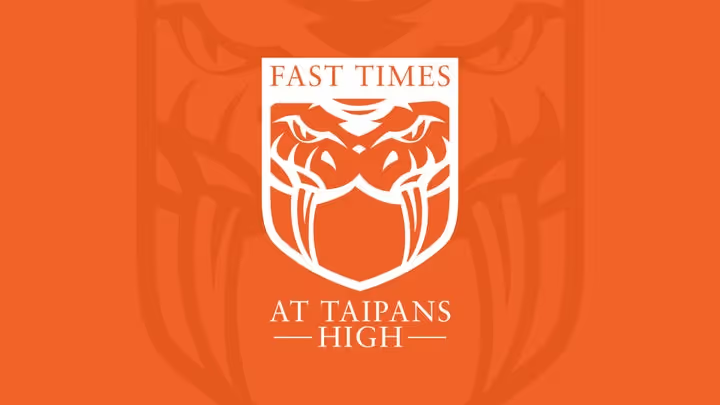
17 Feb
Taipans End-of-Season Dinner
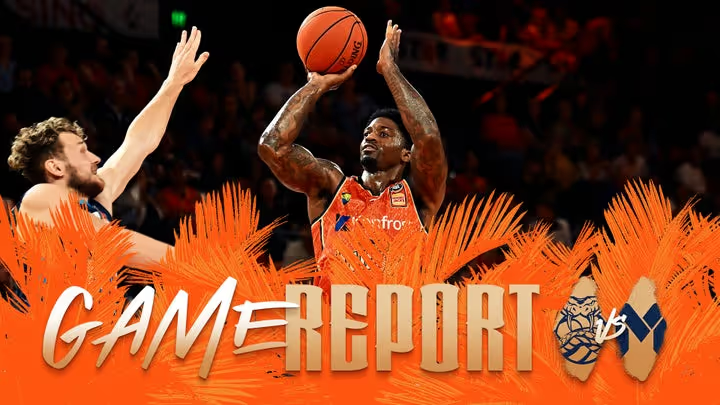
16 Feb
Taipans finish season with sweep over league leaders
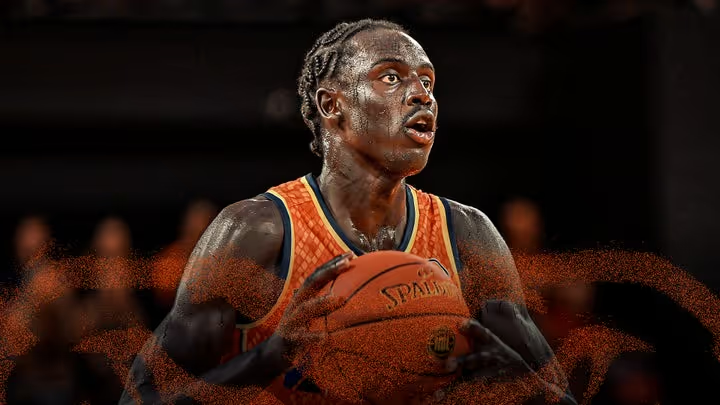
15 Feb
Taipans Injury Update: Round 20
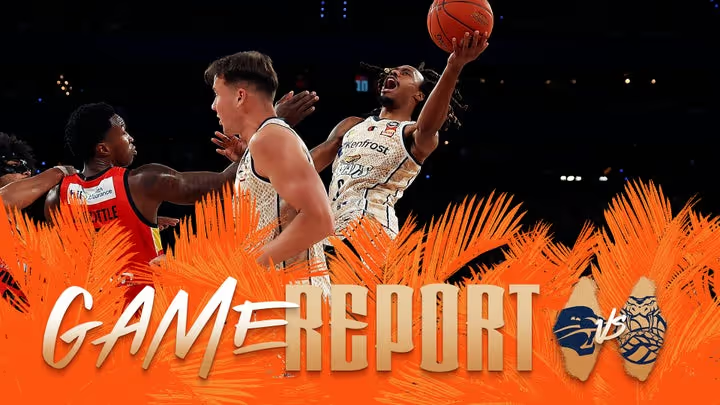
10 Feb
Cairns fall short in Perth
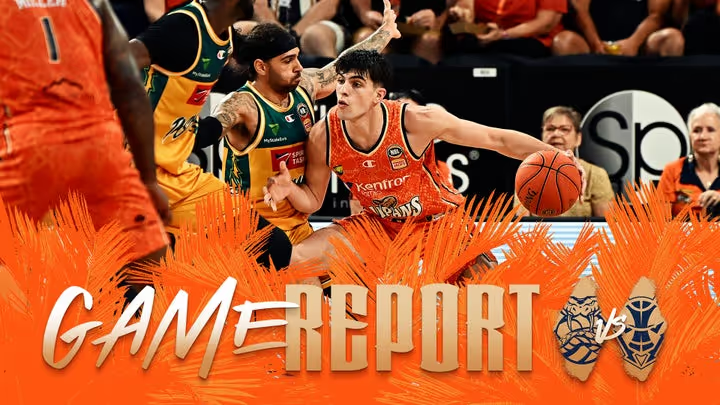
1 Feb
Taipans fall to Tasmania
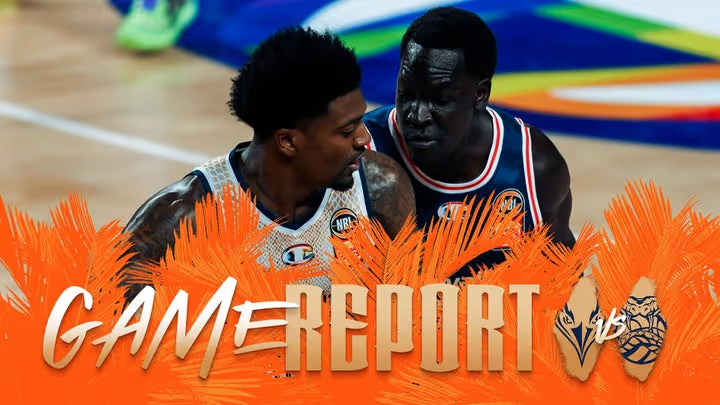
27 Jan
Cairns drop crucial game against Sixers
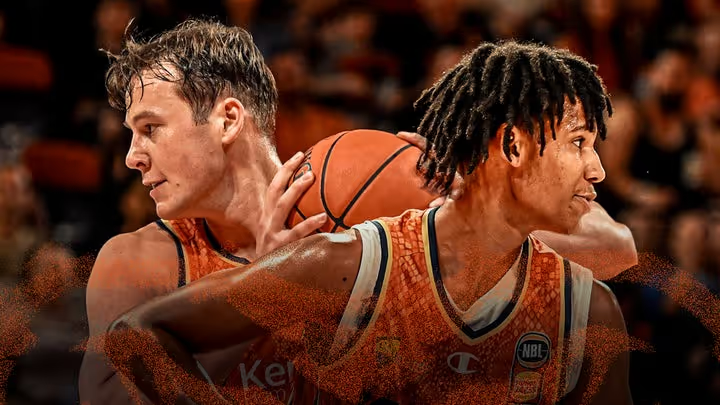
26 Jan
Taipans Injury Update: Round 17
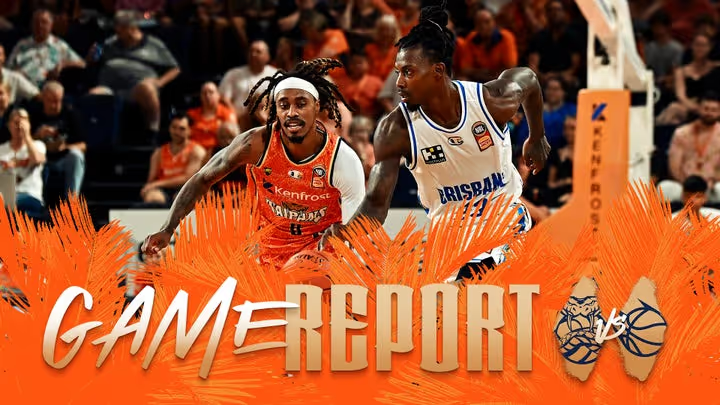
21 Jan
Cairns fall short to Brisbane
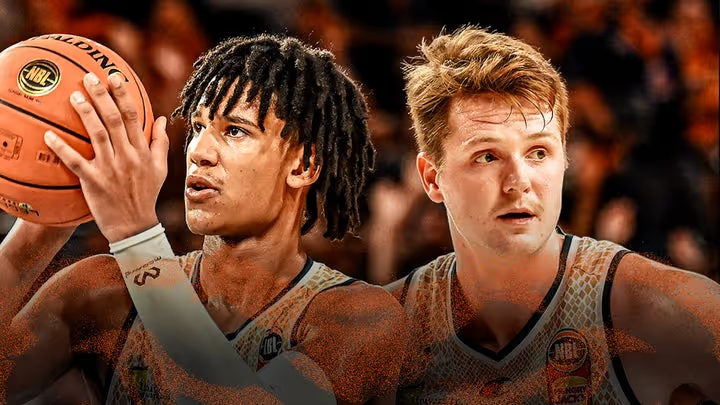
20 Jan
Update: Round 16 Injuries

18 Jan
Snakes strike late in thriller
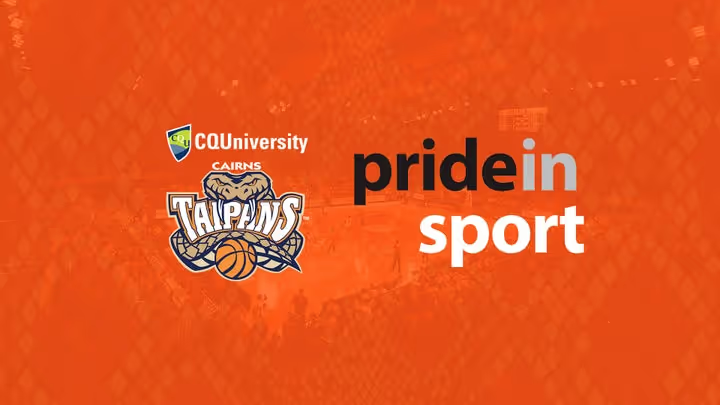
18 Jan
Taipans partner with Pride in Sport

17 Jan
Taipans Injury Update: Round 16

13 Jan
Taipans overcome sluggish start to beat 36ers
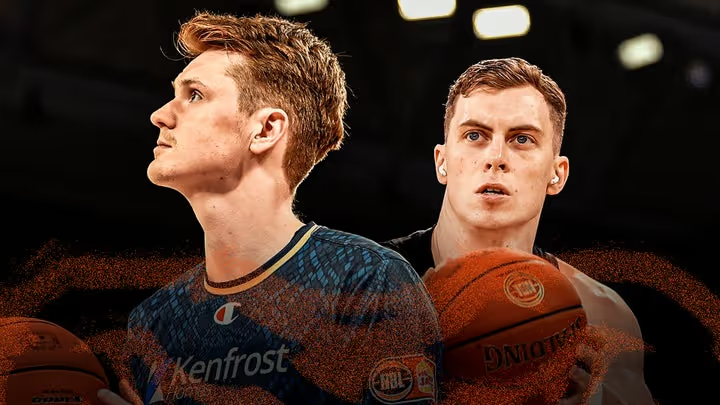
12 Jan
Taipans Injury Update: Round 15
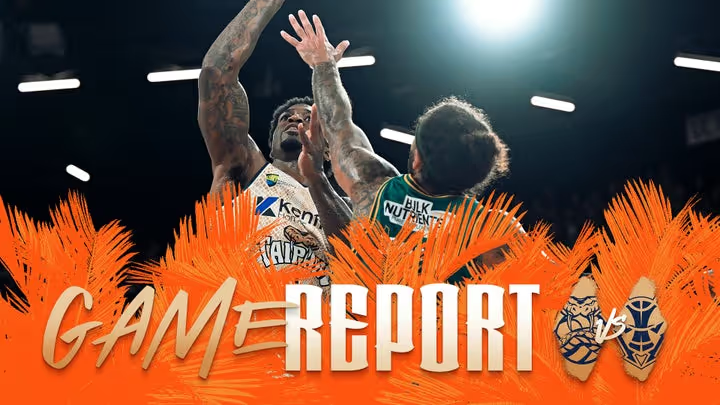
6 Jan
Taipans go down in Tasmania
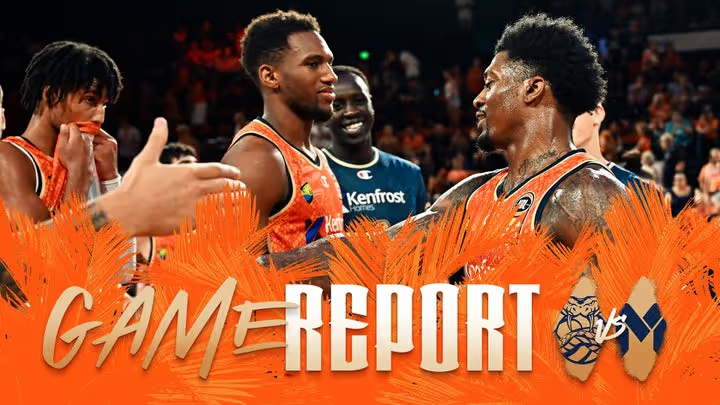
31 Dec
Snakes fire on NYE to beat United again
Support your team with the latest gear
Grab your latest team releases before they're gone.

Get the latest Team Updates
Breaking news & special offers. Direct to your inbox.





